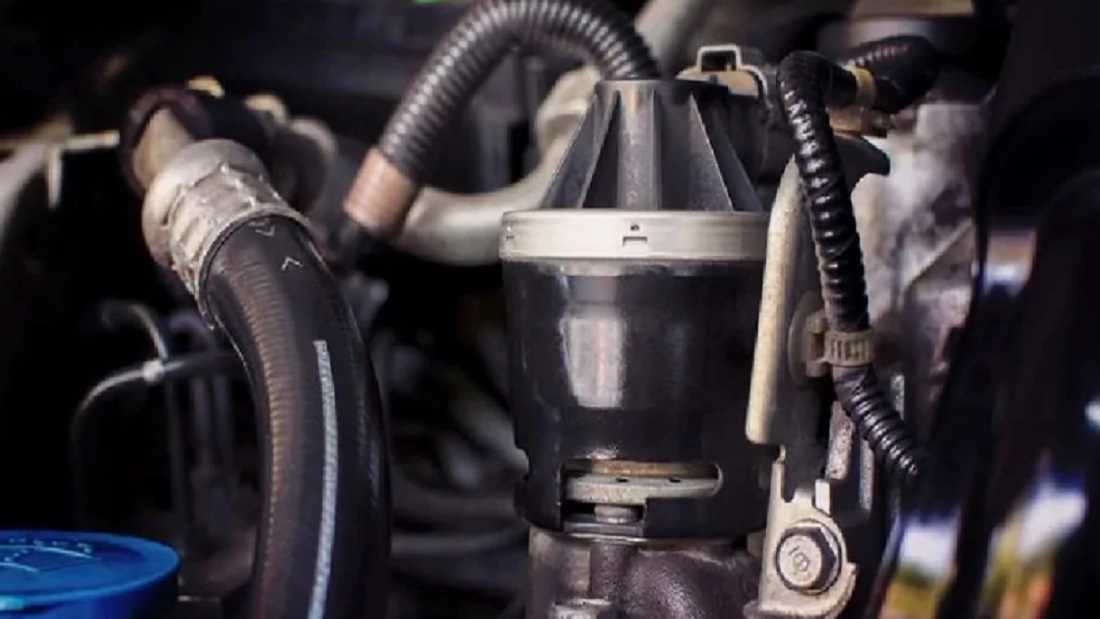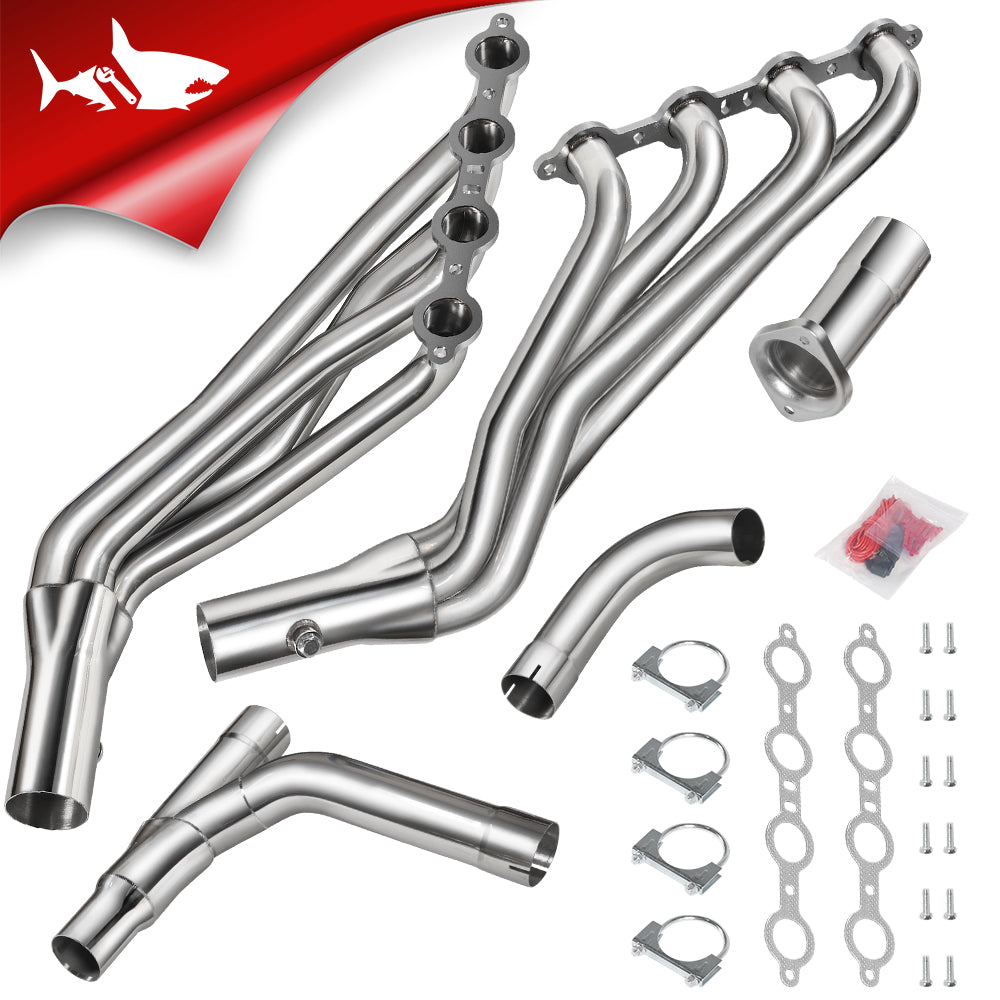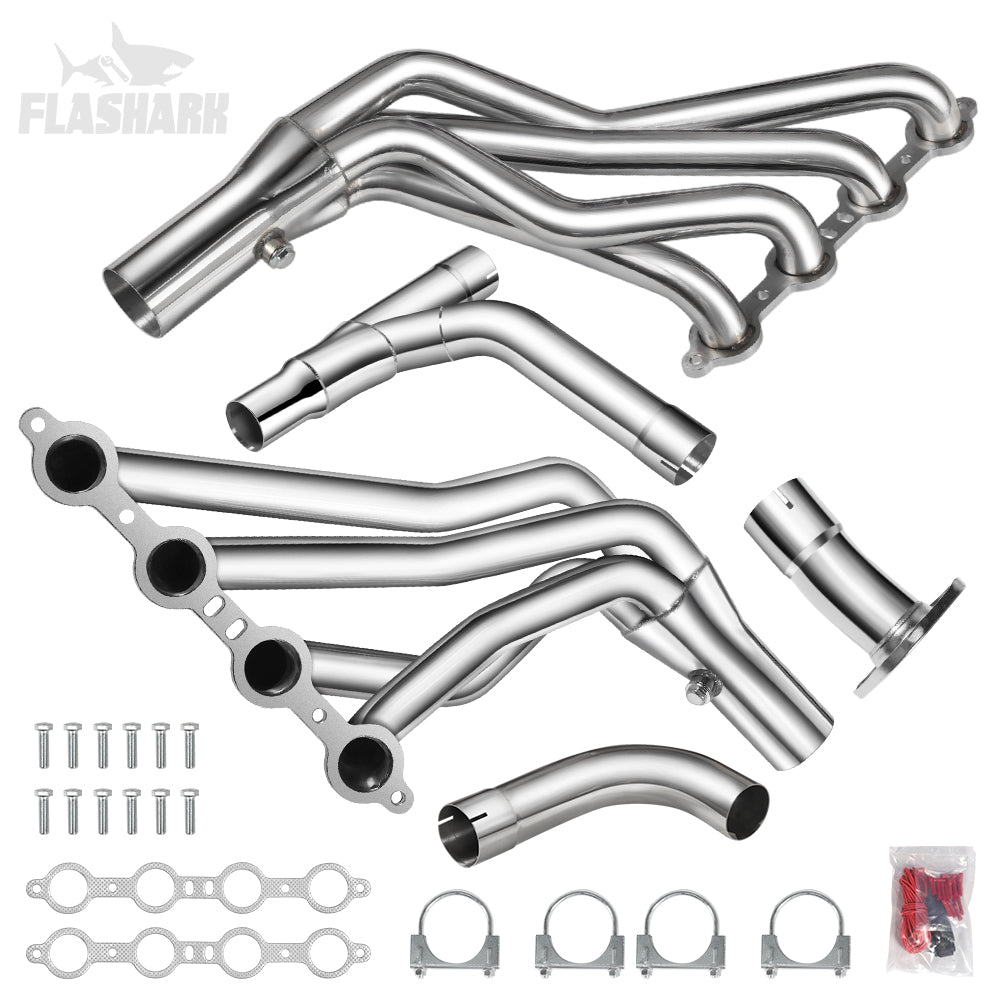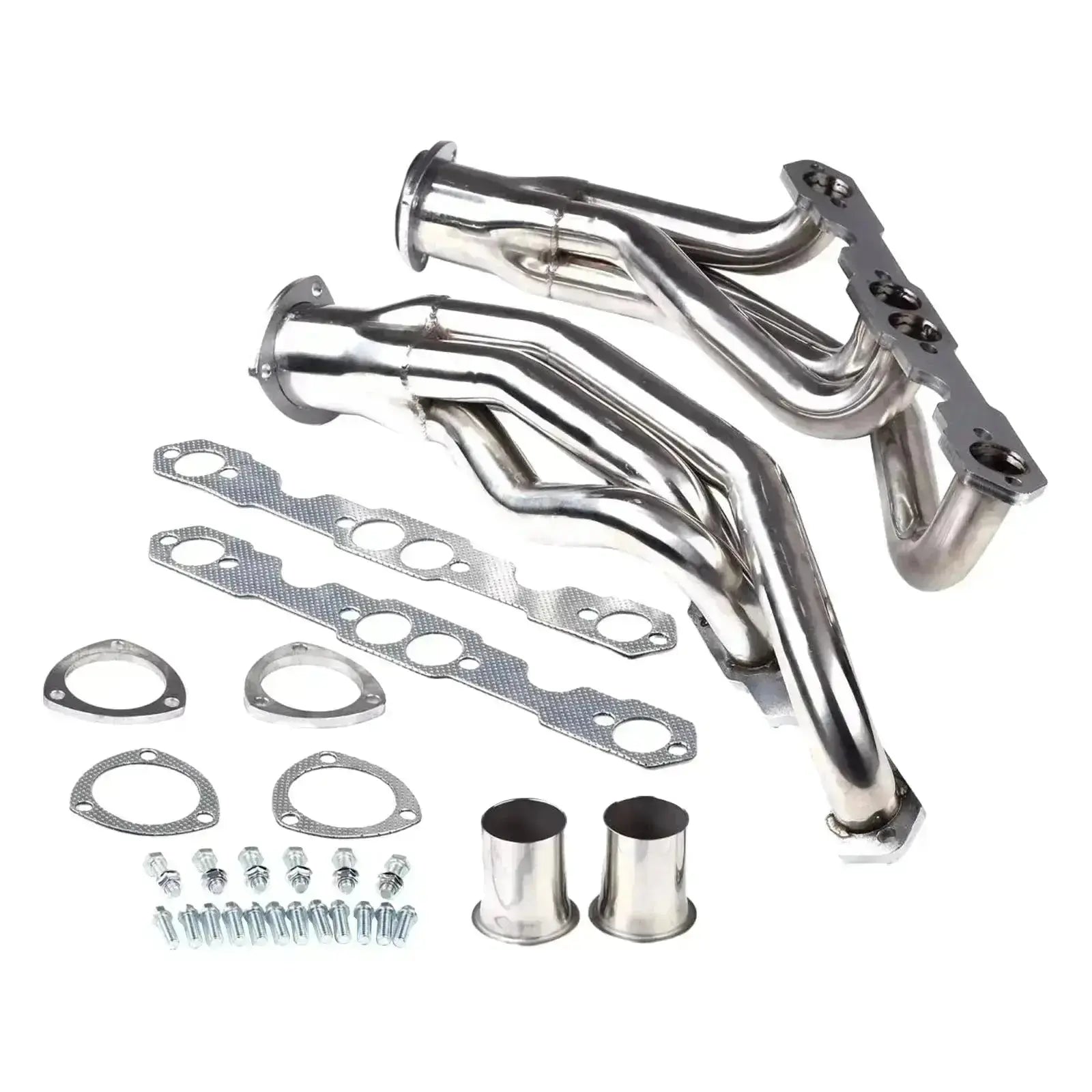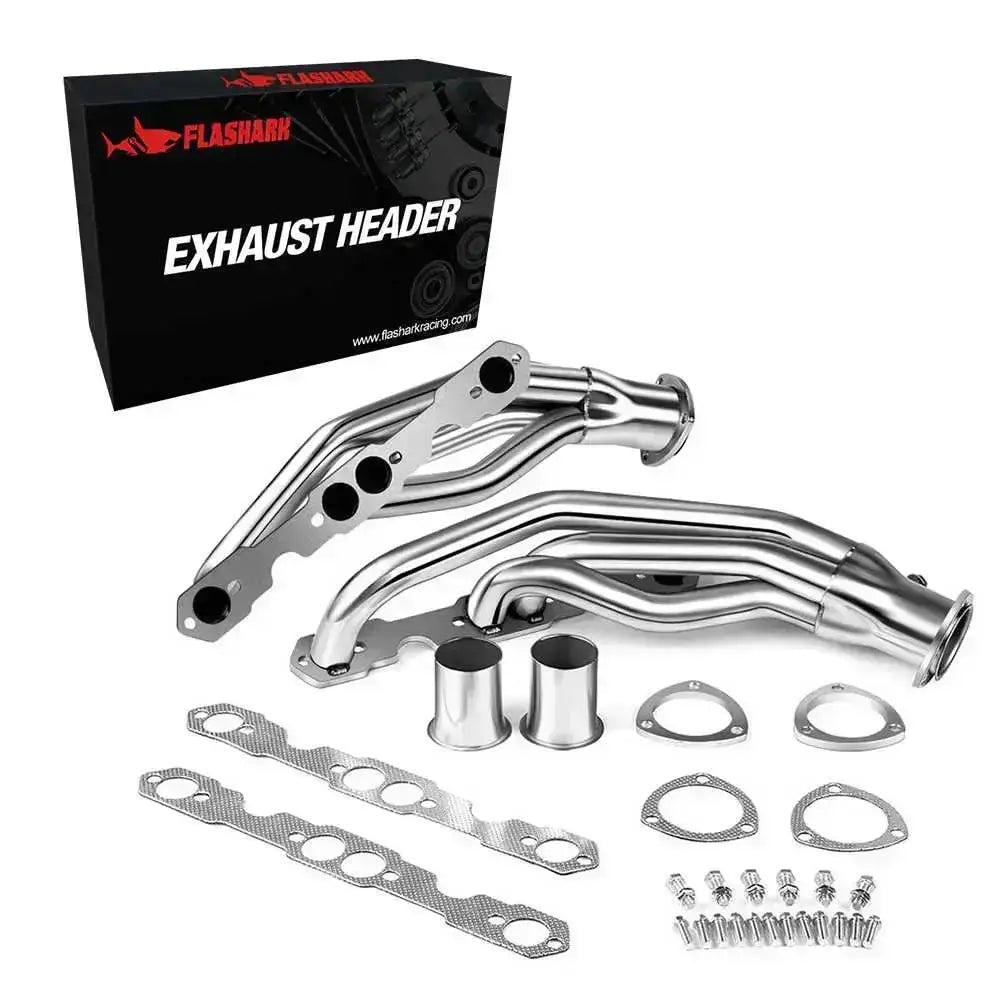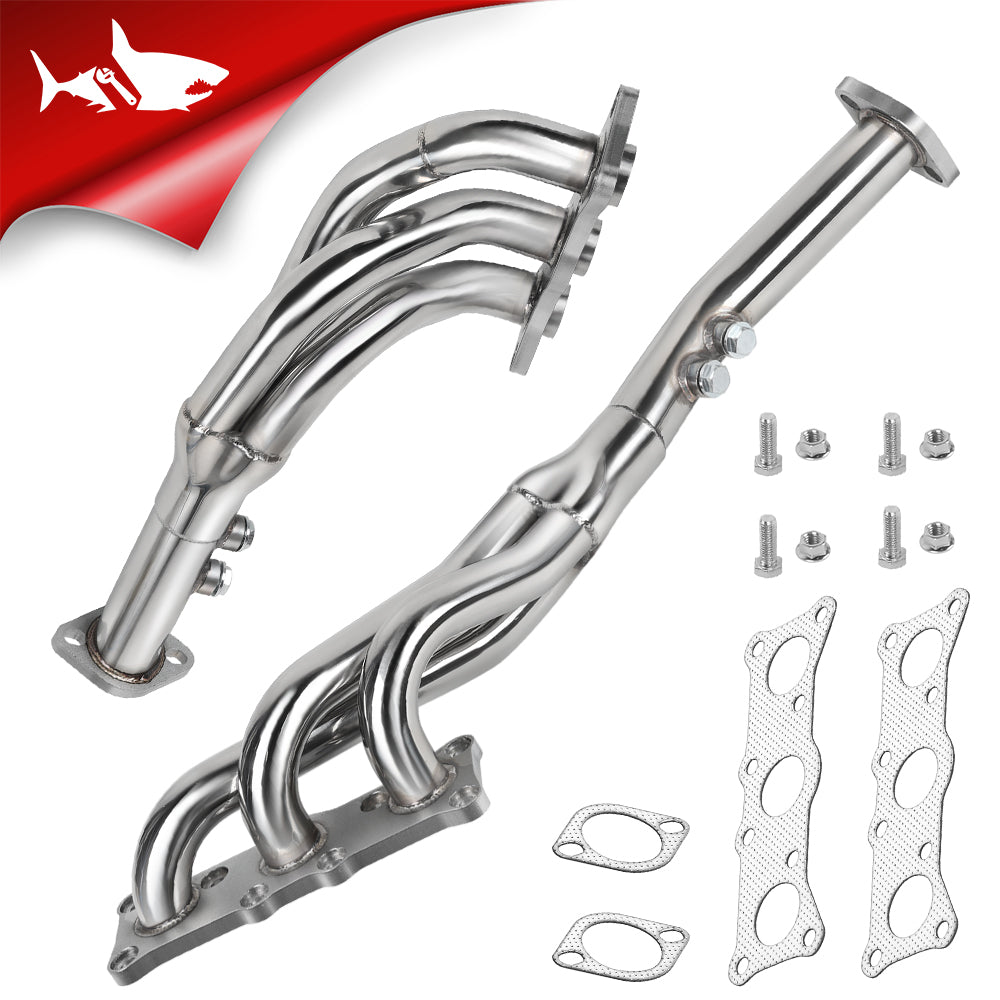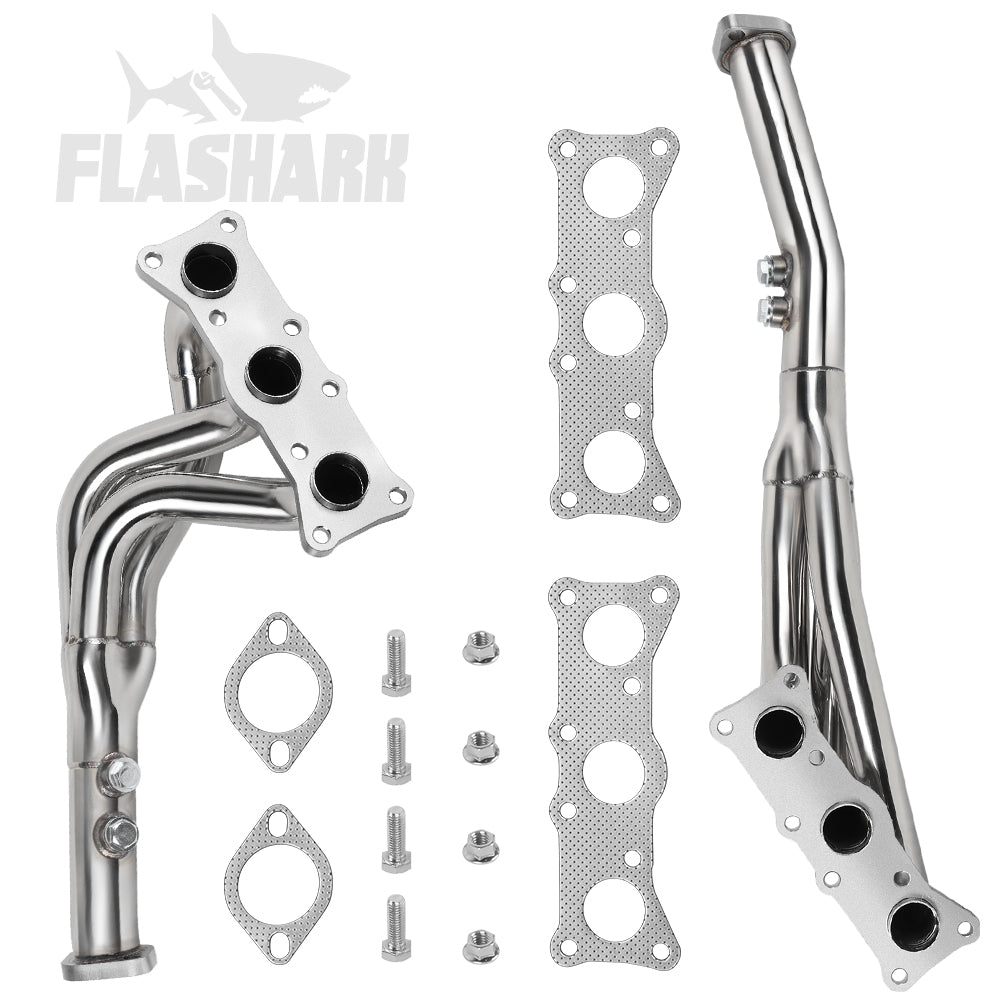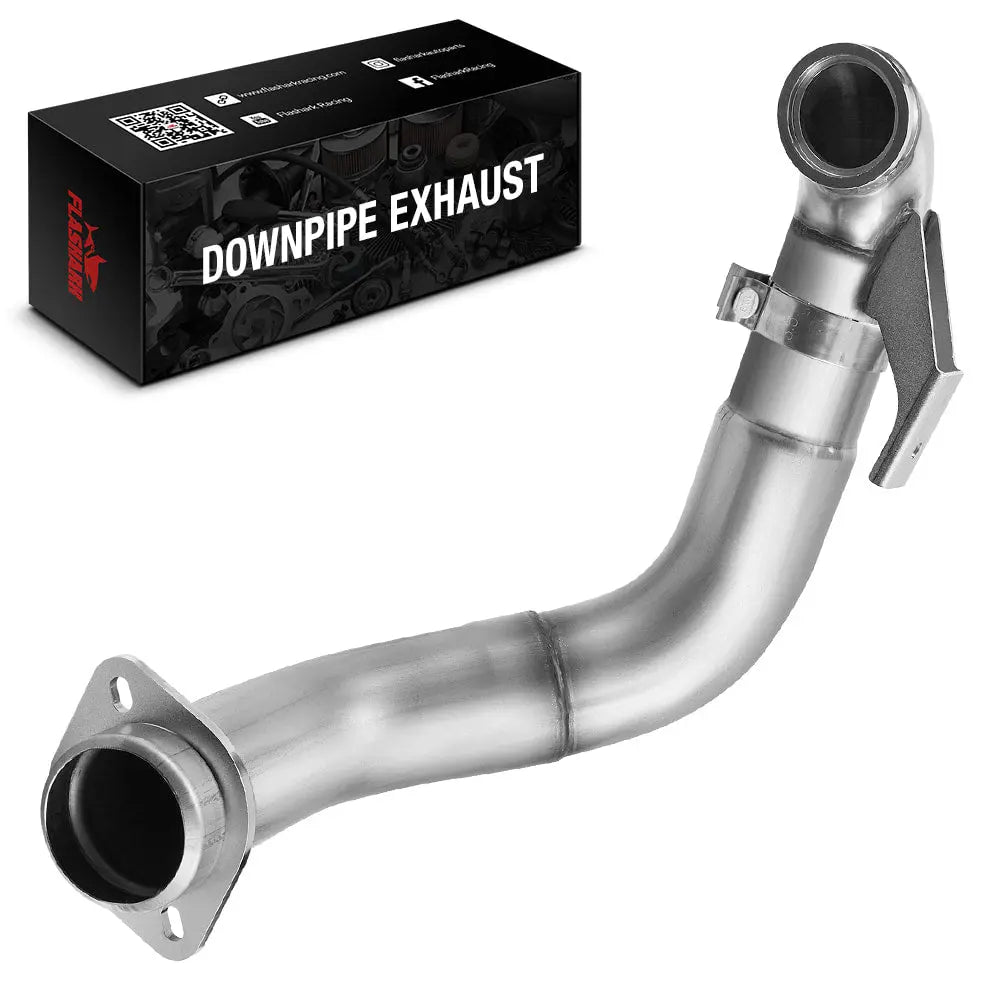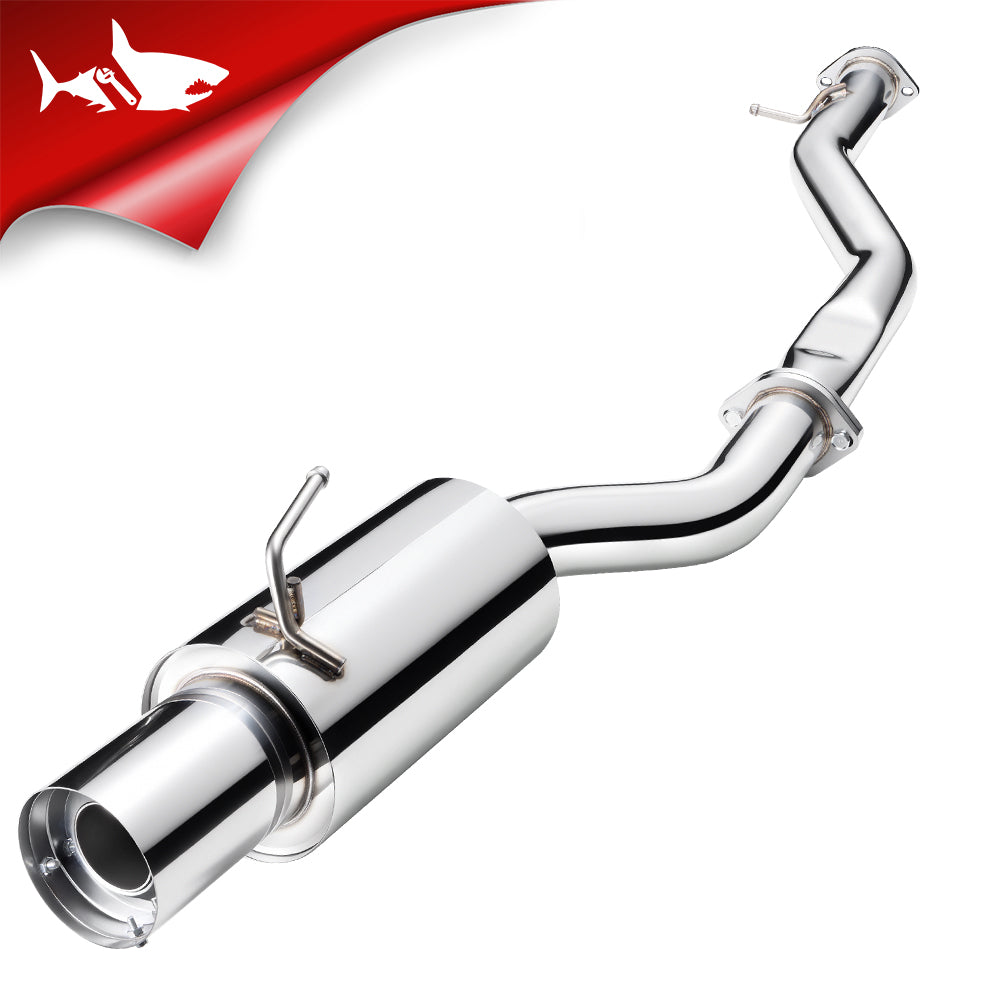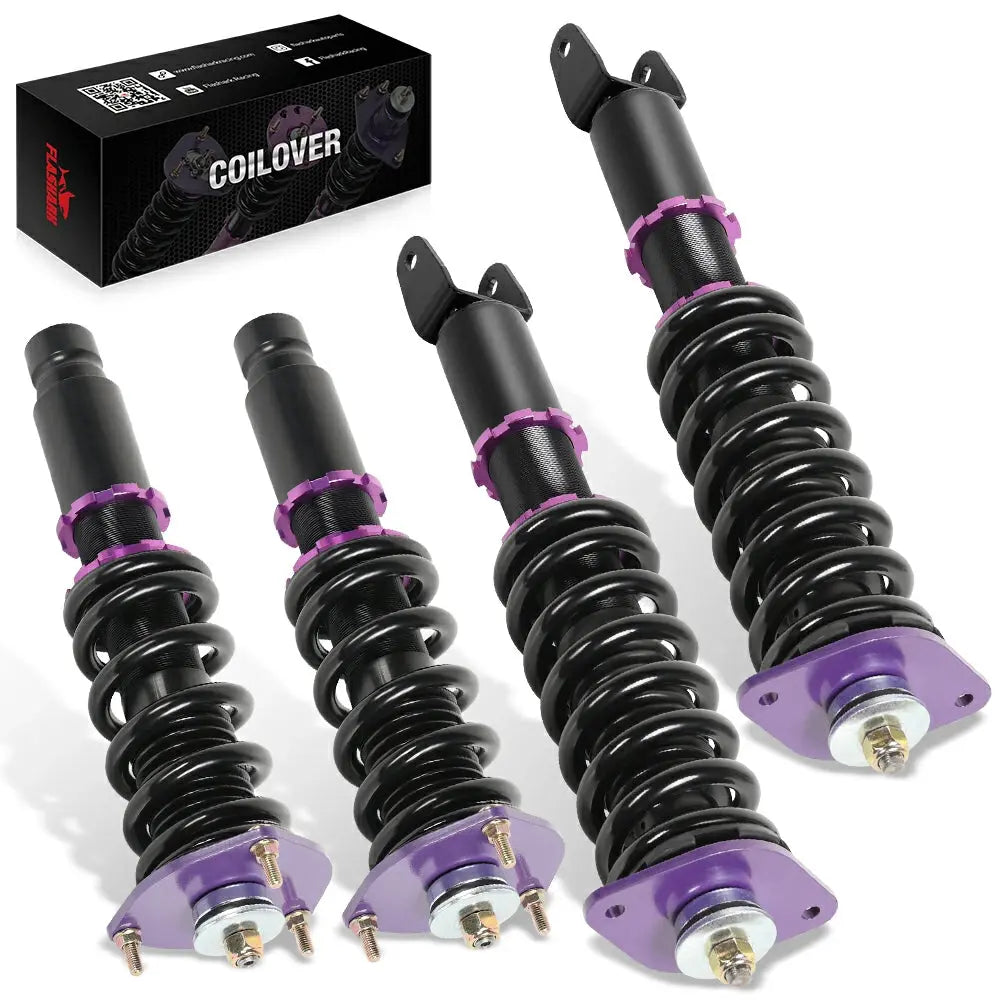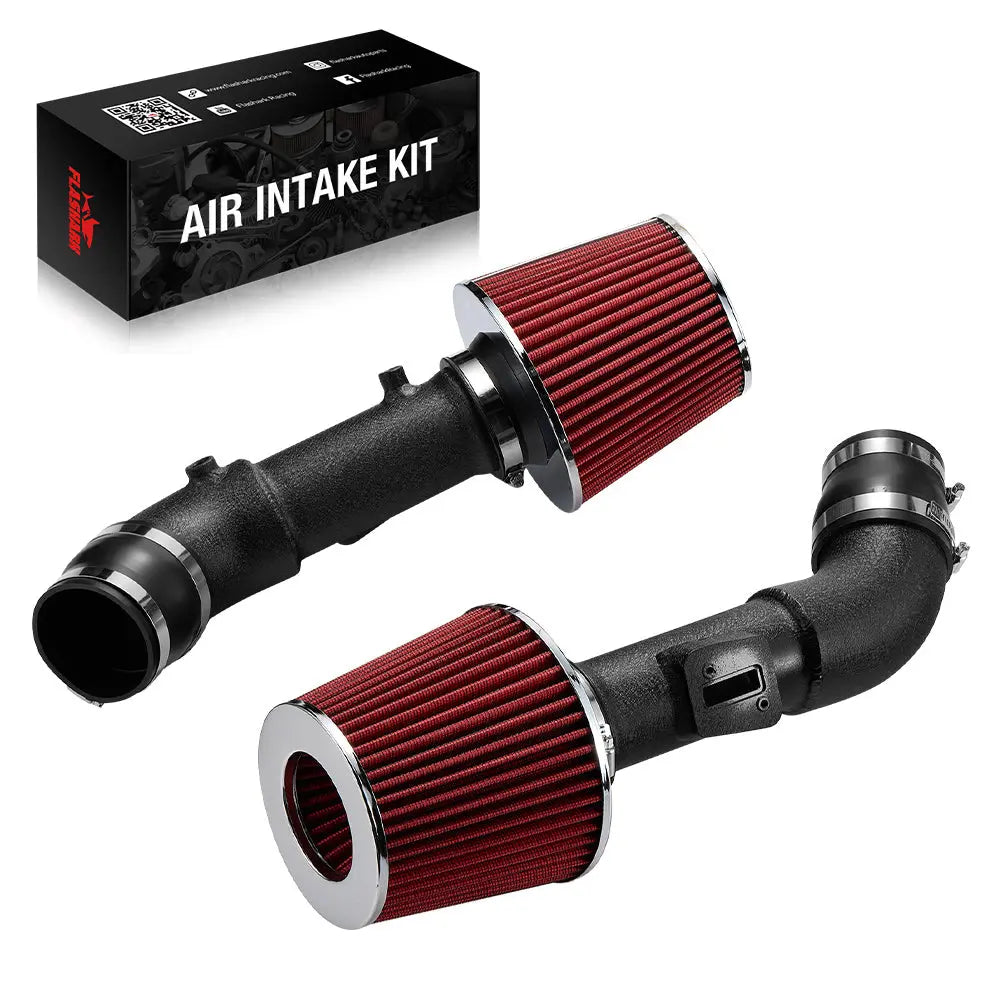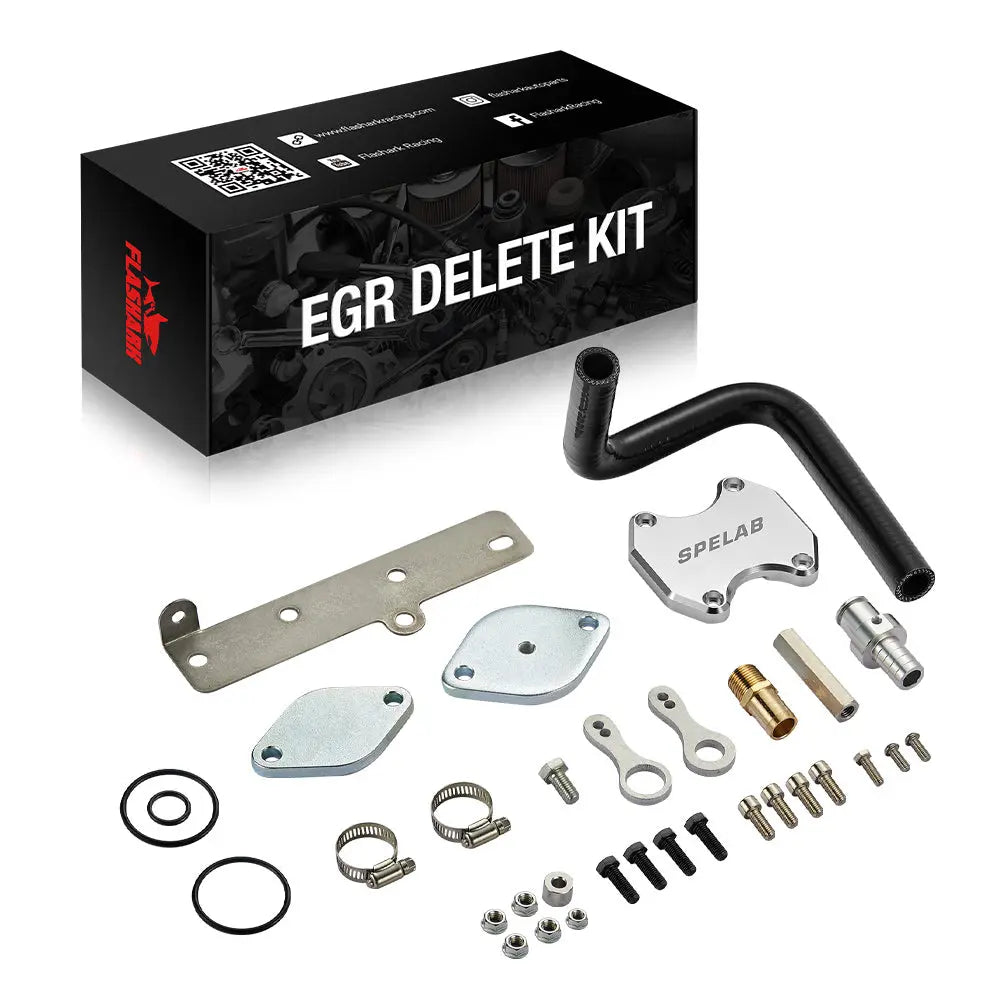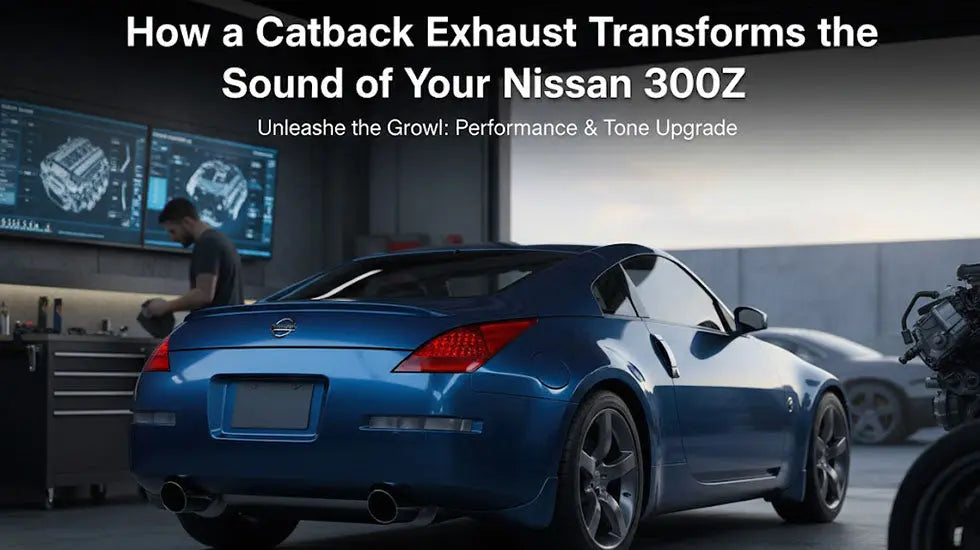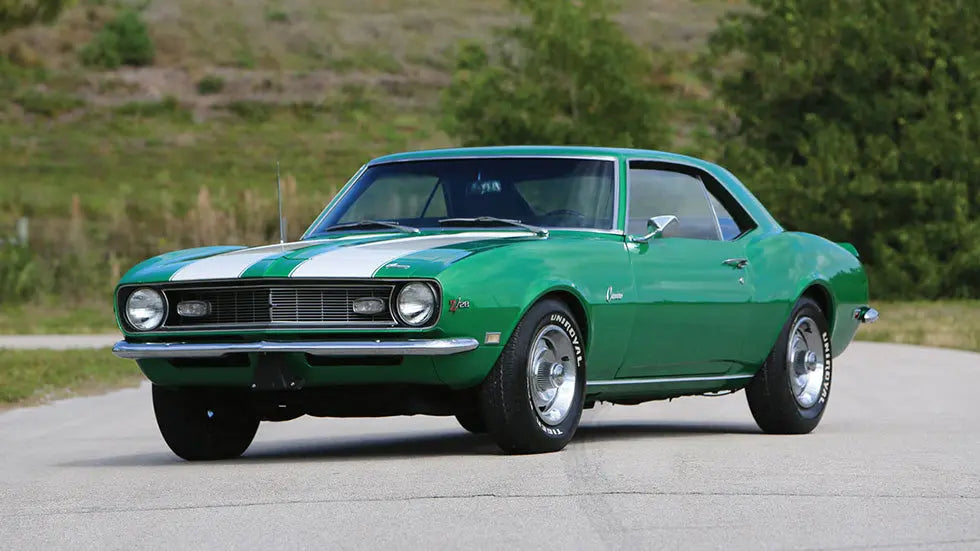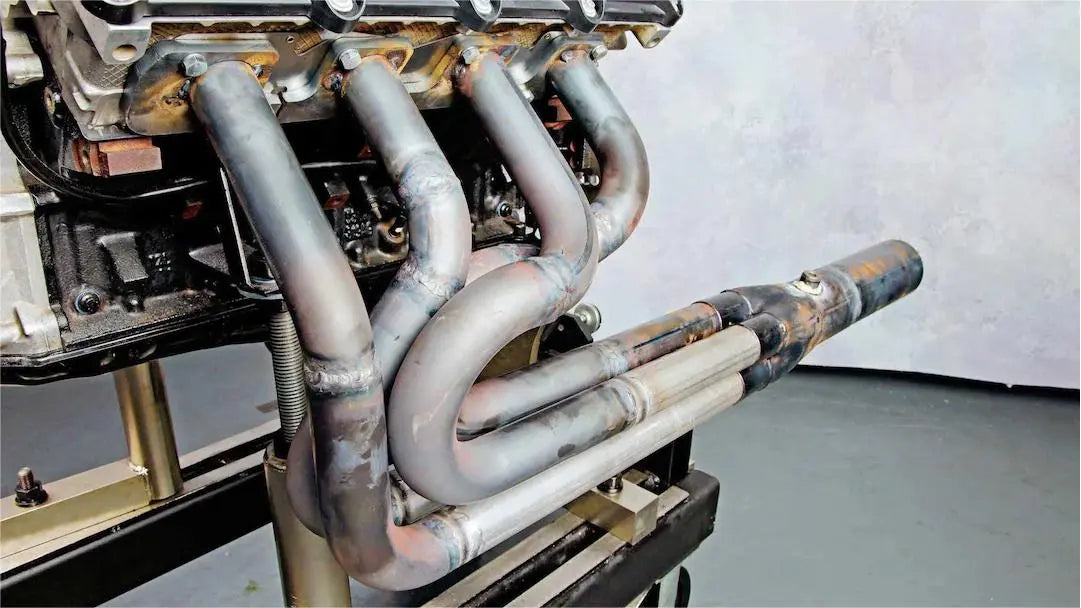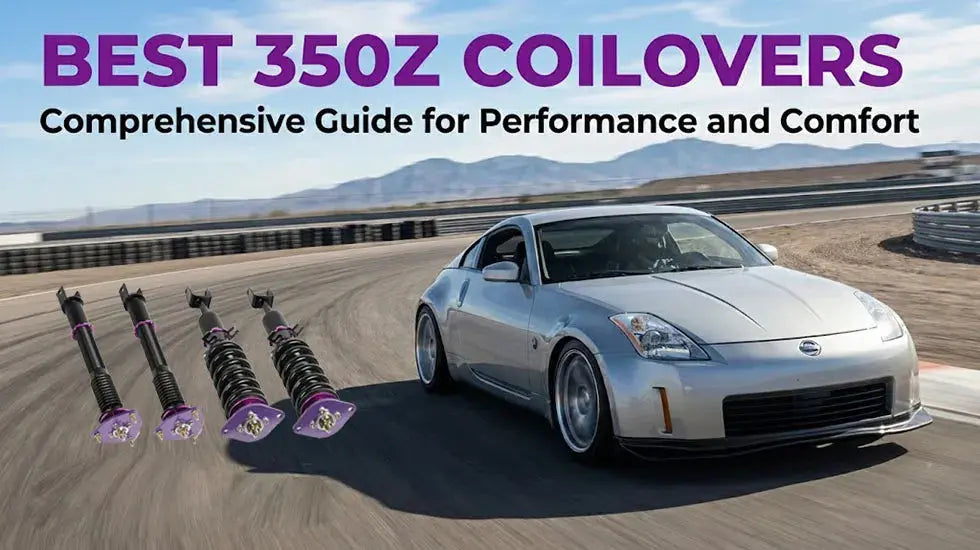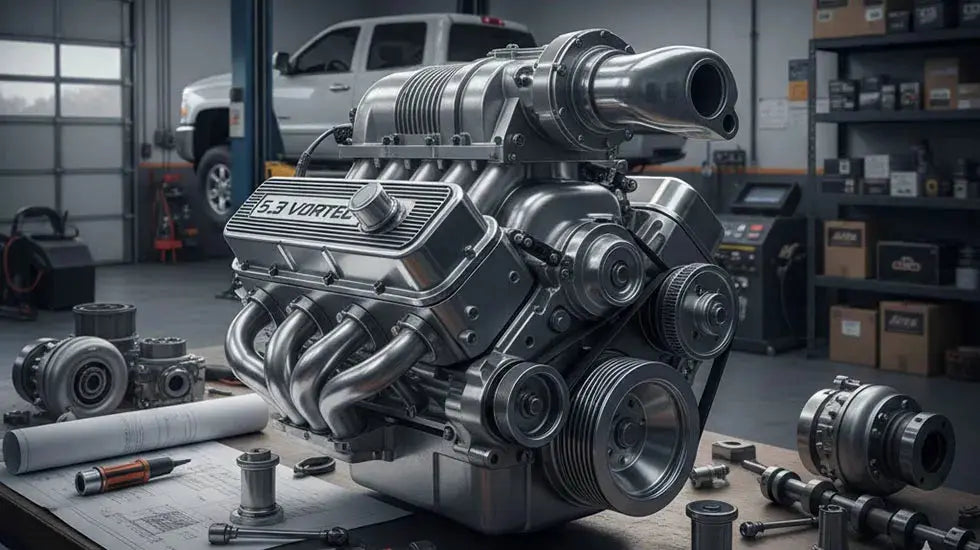Owners of diesel cars, particularly trucks, are increasingly embracing EGR Delete Solutions. Therefore, we'll go into detail in this post on what EGR and EGR Off are and why so many people are looking for and requesting it.
To aid you in choosing the best tuning option for your car, we'll discuss the benefits of EGR removal.
What is EGR and EGR Delete / Removal?
Exhaust Gas Recirculation is called EGR. To help meet the Euro Emission Regulations, the engine manufacturer seeks to limit NOX emissions that are released from the exhaust through the EGR. The combustion temperature is lowered by the EGR mode. Therefore, NOX emissions are decreased as a result.
However, the soot in these burned exhaust fumes is present by nature. They can clog the intake system of your diesel vehicle because of this. This will consequently lower engine power. Furthermore, engines with EGR operate at higher temperatures than diesel engines without EGR. The engine will suffer significant wear and tear as a result. In other words, the engine fitted with EGR might need to be serviced more frequently.

That is the rationale for the majority of automobile and truck owners choosing the EGR Delete Solution. The process of reprogramming your car's ECU to turn off exhaust gas recirculation, sometimes referred to as EGR Removal or EGR Off, is called EGR.
Advantages of EGR Delete / Removal
- Improves Fuel Efficiency and Engine Power
Diesel truck EGR delete can increase the power of your diesel engine. This boosts the vehicle's total fuel economy. The engine runs cleaner when EGR is removed. As a result, the likelihood of a diesel particulate filter failure is reduced. Your fuel efficiency may rise by up to 20% as a result, and the engine's longevity may significantly increase.
- Lowers the temperature of your engine
As previously discussed, the soot buildup in the EGR coolers or valve causes the burnt exhaust gases to circulate more frequently in the intake system. As a result, the temperature increases, and the EGR becomes blocked.
Your car's engine will emit fewer emissions and have a lower engine coolant temperature when EGR is turned off.
- EGR Delete is easy and affordable
Reprogramming the ECU makes EGR removal simple and completely economical for all car owners.
EGR Off for Trucks
Heavy-duty trucks today come with various accessories to reduce the amount of toxic pollutants released into the environment. However, the majority of these parts include programming for fundamental performance, fuel efficiency, and maintenance advantages. One of these parts is the EGR, which frequently works against your truck.
For this reason, many truck owners or drivers opt to have their EGR eliminated.
How to perform EGR removal with an EGR Delete Kit – Can You Do It Yourself?

You may perform the EGR Delete yourself if you have the correct equipment, the right tools, and enough confidence to handle the procedure. Typically, an EGR Delete kit will include the following components:
- EGR pipe
- Barb couplers (usually 2)
- Gasket
- Hose clamp
- Boot gauge tap
- Boost tap block off
- Bolts, hose, washers, lock washers
Although certain kits may deviate from this, generally speaking, this is what you'll discover. You will require a wrench, a set of sockets, pliers, and a screwdriver. The fundamental steps needed to do an EGR Delete are listed below. Please continue carefully as there is a lot of removal in the first few steps:
- Step 1: The electrical harnesses and battery must first be disconnected. If the engine has been running, give it some time to cool before starting.
- Step 2: After removing the intake pipe, remove the MAP sensor. The air intake filter must be taken out at the same time that the connection between the intake pipe and the turbo is disconnected. Take off the clamps there to accomplish this.
- Step 3: The following disconnections follow. The vacuum line that joins the EGR solenoid comes first. Remove the solenoid clips, then remove the solenoid. Remove the electrical connections for blue, red, and black next.
- Step 4: After that, remove the cap from the coolant reservoir to empty around a gallon of coolant, and then disconnect the coolant lines in front of and behind the EGR.
- Step 5: To access the pipe and remove it, unbolt the EGR flange bolts.
- Step 6: The EGR cooler will be the following release. Remove the bolt by finding it behind the EGR cooler assembly. The bottom bracket's mounting bolts should then be loosened and removed, along with it. Finally, after removing the cooler manifold, you may separate the entire cooler assembly.
- Step 7: Lower coolant lines and the back EGR pipe should be removed.
- Step 8: Finally, we reach the stage of installation. Here, you will attach the EGR delete kit blanking plate and gasket to the turbo manifold before installing the turbo block off plate and fastening it with the package's included bolts. The block-off bracket should then be mounted.
- Step 9: The coolant lines are replaced at this point. Start by attaching the front coolant line to the block-off bracket that has been mounted. The bottom coolant line should be inserted into the hose and secured with the kit's included clamp. The upper coolant line should be attached to the block-off bracket using the same procedure.
- Step 10: Reinstall all the components you previously removed, then test the engine to see how everything worked out. Coolant leaks are the major thing you're searching for here. No coolant should be leaking.

